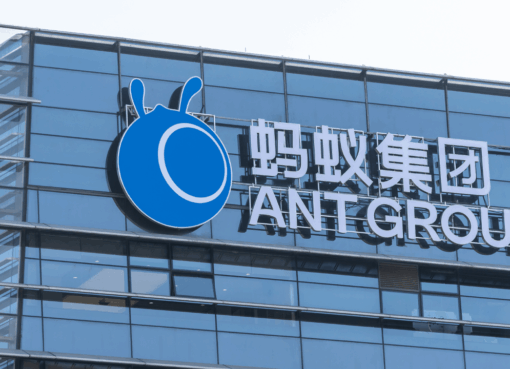Cambodia’s central bank will launch a distributed ledger technology (DLT) network to enable greater interoperability in the country’s payments sector and to take on the almighty greenback.
Consumers will be able to make near instant payments via the platform, using a mobile app and QR codes.
During Consensus: Distributed on May 11, the assistant governor and director-general of the National Bank of Cambodia, Serey Chea, revealed the primary goal of the DLT network was to undermine the popularity of the U.S. dollar.
“Cambodia is probably the most dollarized economy in the world. The whole financial system or actually our whole economy, [over] 90 percent […] is based on US dollars,” she said.
Preparing to launch
Chea said its DLT-based payment network had been in development for four to five years and would soon launch: “We plan to go live in 2020, hopefully very soon.”
There are 12 participating banks trialing the platform and it’s expected that all of the country’s financial institutions will join the platform voluntarily.
Cambodia’s DLT payments platform is designed to make it easier for Cambodia’s banks, E-wallet providers, and banking customers to transact with each other.
She also announced that Cambodia has begun developing a “cross-border payment project” in partnership with leading Malaysian financial institution Maybank targeting remittances from migrant workers.
DLT to undermine USD penetration
Chea said there was no good reason for the country’s ongoing embrace of USD.
Chea stated “the use of local currency is very minimal and the reason is more psychological than economic” arguing that most countries facing “dollarization” exhibit weak macroeconomic factors but:
“In the case of Cambodia, all our fundamentals are strong. We have a very stable exchange rate, very low inflation rate, and a very good economic outlook.”
From zero to hero
Surveys conducted by the central bank suggest the impracticality of making day-to-day transactions using Cambodian riel is the primary reason for its lack of domestic use.
“One U.S. dollar is equal to 4,000 riels. If you were to spend on something that is worth an equivalent of 10 U.S. dollars then you have to pay 40,000 riels, and then as the value increases there are more zeros. […] From our survey, that makes life more complicated for many users.”
Chea added: “We thought that if we were to make the payment in the electronic form, then people don’t have to be too bothered so much about the number of zeros and the inconvenience of carrying a lot of banknotes in their pocket.”




